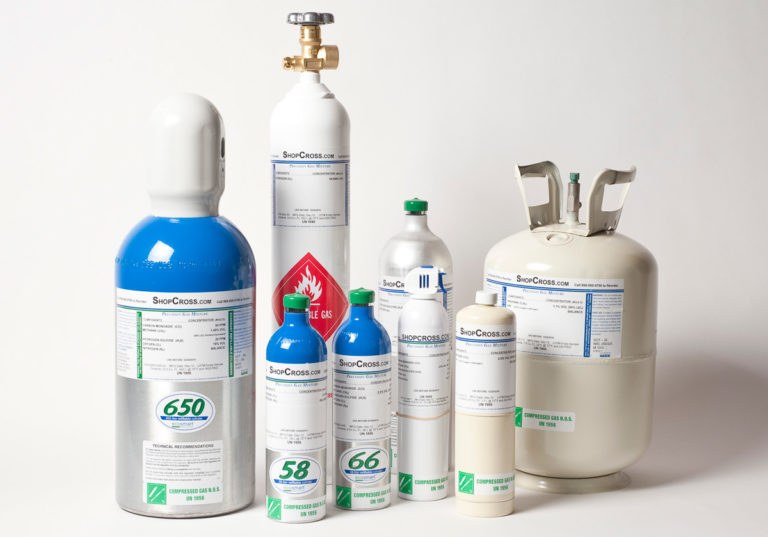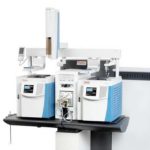- Arian gas company activities in supplying different kinds of industrial, laboratory, and medical gases.
- Arian gas supply imported Ethylene gas with 99.9%,99.95% purity in 50 lit cylinders(16.5 kg)
- Ethylene
Ethylene (IUPAC name: Ethene) is a hydrocarbon with the formula C2H4 or H2C=CH2. It is a colorless flammable gas with a faint "sweet and musky" odor when pure. It is the simplest alkene (a hydrocarbon with carbon-carbon double bonds), and the second simplest unsaturated hydrocarbon after acetylene (C2H2). Ethylene is widely used in chemical industry, and its worldwide production (over 109 million tonnes in 2006) exceeds that of any other organic compound. Ethylene is also an important natural plant hormone, used in agriculture to force the ripening of fruits Global ethylene production was 107 million tonnes in 2005,[4] 109 million tonnes in 2006.[14] NNFCC Renewable Chemicals Factsheet: Ethanol, 138 million tonnes in 2010 and 141 million tonnes in 2011.[15] By 2010 ethylene was produced by at least 117 companies in 55 countries.[16] To meet the ever increasing demand for ethylene, sharp increases in production facilities are added globally, particularly in the Mideast and in China.[16]
- Production
Ethylene is produced in the petrochemical industry by steam cracking. In this process, gaseous or light liquid hydrocarbons are heated to 750–950 °C, inducing numerous free radical reactions followed by immediate quench to stop these reactions. This process converts large hydrocarbons into smaller ones and introduces unsaturation. Ethylene is separated from the resulting complex mixture by repeated compression and distillation. In a related process used in oil refineries, high molecular weight hydrocarbons are cracked over zeolite catalysts. Heavier feedstocks, such as naphtha and gas oils require at least two "quench towers" downstream of the cracking furnaces to recirculate pyrolysis-derived gasoline and process water. When cracking a mixture of ethane and propane, only one water quench tower is required.
- The areas of an ethylene plant are:
- steam cracking furnaces:
- primary and secondary heat recovery with quench;
- a dilution steam recycle system between the furnaces and the quench system;
- primary compression of the cracked gas (3 stages of compression);
- hydrogen sulfide and carbon dioxide removal (acid gas removal);
- secondary compression (1 or 2 stages);
- drying of the cracked gas;
- cryogenic treatment;
- all of the cold cracked gas stream goes to the demethanizer tower. The overhead stream from the demethanizer tower consists of all the hydrogen and methane that was in the cracked gas stream. Cryogenically (−250 °F (−157 °C)) treating this overhead stream separates hydrogen from methane. Methane recovery is critical to the economical operation of an ethylene plant.
- the bottom stream from the demethanizer tower goes to the deethanizer tower. The overhead stream from the deethanizer tower consists of all the C2,'s that were in the cracked gas stream. The C2 stream contains acetylene, which is explosive above 200 kPa (29 psi). If the partial pressure of acetylene is expected to exceed these values, the C2 stream is partially hydrogenated. The C2's then proceed to a C2 splitter. The product ethylene is taken from the overhead of the tower and the ethane coming from the bottom of the splitter is recycled to the furnaces to be cracked again.
- the bottom stream from the de-ethanizer tower goes to the depropanizer tower. The overhead stream from the depropanizer tower consists of all the C3's that were in the cracked gas stream. Before feeding the C3's to the C3 splitter, the stream is hydrogenated to convert the methylacetylene and propadiene (allene) mix. This stream is then sent to the C3 splitter. The overhead stream from the C3 splitter is product propylene and the bottom stream is propane which is sent back to the furnaces for cracking or used as fuel.
- The bottom stream from the depropanizer tower is fed to the debutanizer tower. The overhead stream from the debutanizer is all of the C4's that were in the cracked gas stream. The bottom stream from the debutanizer (light pyrolysis gasoline) consists of everything in the cracked gas stream that is C5 or heavier.
- Since ethylene production is energy intensive, much effort has been dedicated to recovering heat from the gas leaving the furnaces. Most of the energy recovered from the cracked gas is used to make high pressure (1200 psig) steam. This steam is in turn used to drive the turbines for compressing cracked gas, the propylene refrigeration compressor, and the ethylene refrigeration compressor. An ethylene plant, once running, does not need to import steam to drive its steam turbines. A typical world scale ethylene plant (about 1.5 billion pounds of ethylene per year) uses a 45,000 horsepower (34,000 kW) cracked gas compressor, a 30,000 hp (22,000 kW) propylene compressor, and a 15,000 hp (11,000 kW) ethylene compressor.


